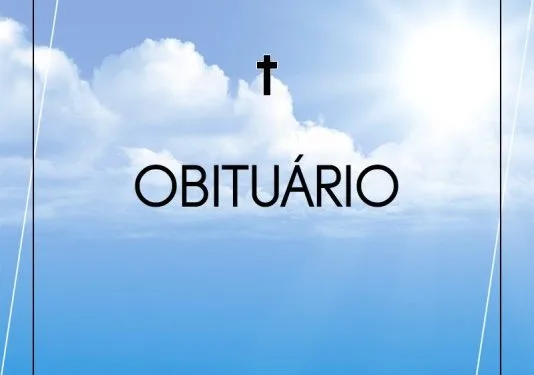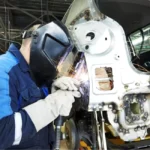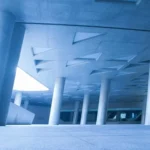In the Brazilian Rio Grande do Sul state, there is a tradition that has been around for 180 years that not only echoes the tradition of the gauchos but also resonates with the energy of culture and community. The Obituario Farroupilha, which is more than a mere historical memento or a gathering that occurs annually, is a testimony to the enduring traditions that form the basis of a diverse and proud society. This blog post is designed to highlight the rich history and the essence of the Obituario Farroupilha and shed an understanding of its importance and the development of this renowned cultural event.
A Tradition Weaved with the utmost respect
Gauchos and their distinctive customs and lifestyle were the core of the tapestry of a region that was storied and traditions that clung firmly to their customs and lifestyle. They also had a tradition called the Obituario Farroupilha, which derives its name from the Farroupilha Revolution. It celebrates the perseverance and determination of these Gaucho ancestors who struggled for their freedom. The event was born out of war and war; the celebration is an affirmation of the unified community and the importance it attaches to remembering its origins.
For more than a century, the gaucho’s knives and hats, also known as the pala as well as the face respectively, were used to play an important symbolic and functional role in the daily lives of Gauchos. During the festival that runs for a week in September, these symbols are their place as the central element of rituals, highlighting the roots of the festival in the past and the culture of the area. The festival is deeply grounded in the traditions as well as dance and music, along with the traditional sharing of meals and drinks that make up the Gaucho tradition.
Understanding the Heart of Obituario Farroupilha
If you are able to enter the centre of this celebration, you will be surrounded by a symphony of sounds, and a myriad of sights await you. The customs of the festival are more than mere observation. They invite participation. Wearing a knife and a gaucho hat is a requirement, but not in general, but instead as a symbol of belonging and pride. Traditional music, like the musical tunes of the milonga, as well as the energetic dance rhythms that are the Chamame, determines the pace of the festival, beckoning participants to dance and celebrating the rich history and uniqueness of the gaucho lifestyle.
Food is undoubtedly an essential part of the rituals of culture, and in the Obituario, food items like the Churrasco and the bombillas that pass mate have almost sacred significance. They are not just used to satisfy the physical hunger but also feed the collective spirit and strengthen the bonds that bring the community.
The Glorious Flag of Unity
Obituario Farroupilha unfurls a tapestry of unification, weaving the threads of individual gauchos into one lively community. It is a place where all the participants of the community, regardless of rank and title, are gathered on the same level under the same banner of pride in gauchos. It demonstrates the spirit of community, where stories, memories and laughter are shared just as quickly as the swirling quéso meat cooked on the open flame.
Respect is the basis of social interaction in this festival. The stunning scenery of the Pampas and the Pampas Mountains, these symbols of respect, displayed through actions, words and traditions, create a space that is where everyone’s voice is heard and every story is treasured in the spirit of the festival, sparking the enduring spirit of the community.
The Dance of Tradition and Progress
Traditions are often a constant companion to evolution, And the Obituario Farroupilha festival is no different. It is constantly evolving and changing in no way as a gesture of surrender but rather to acknowledge the advancement of technology while staying true to the festival’s core. Although traditional traditions remain at the forefront, new styles of dance and music allow the younger generation to be the leaders, blending the past and the present through a dance that is simultaneously familiar and stimulating.
Social media has created new avenues for the Obituario and has widened its reach, inviting people from far-off areas to take part in the event online. Gaucho communities across the globe are now an element of the festival and show the festival’s success in transcending geographic boundaries and extending its traditional audiences.
Continuity in Change, a Portrait of Obituario Farroupilha
The contemporary Obituario Farroupilha shines because of the accumulated effort of preservation efforts and modern-day celebration. It remains an ongoing museum, not of objects of the past but of rituals, where every serving of Chimarro is an opportunity to celebrate continuous development. In this picture, we don’t see the quiet that is the old-fashioned way; we rather see the energy of the past in the chaos of modern society.
The essence of the festival is shared every year, the return of unity and brotherhood through a shared celebration of the gaucho’s spirit. It’s a powerful representation of a community that holds on to its traditions as it looks towards the new horizons that are to come. With every Obituario, the tradition strengthens itself, as the bonds that connect the gaucho community strengthen.
Conclusion
The Obituario Farroupilha is a treasured mosaic that combines tradition, history and culture. It is not just mirrors reflecting the rich past of the gauchos, but it also serves as a beacon helping them navigate through the storms of changing times. The existence of the gauchos and their endurance is evidence that traditional values when maintained, remain as solid and enduring as the individuals who live them.










